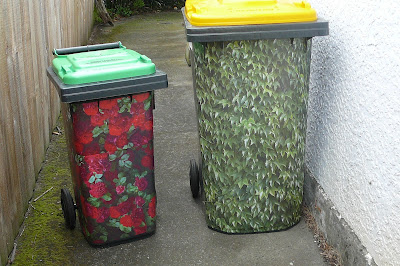DBH - Criteria for re-levelling floors and repairing cracks in foundations
The Department of Building and Housing have produced a four page brochure entitled Criteria for re-levelling floors and repairing cracks in foundations.
Dated March 2012, it mainly covers topics relating to ‘indicator criteria’ for sloping floors.
Initially the brochure explains why criteria were changed between 2010 and 2011. It then proceeds to discuss the impact on homeowners who might be at various stages of the assessment or repair process.
The final section, which is too brief, covers assessing and repairing cracked floors. It is important to note that the DBH are working on producing further clarification and guidance. Consequently neither EQC nor insurance companies are yet in a position to make definitive statements about what constitutes an appropriate assessment or solution to cracked floors.
As mentioned previously, the DBH Guide sets a minimum level of work that will meet the requirements of the Building Act and the Building Code. It is not a maximum and does not lessen your entitlements in terms of your insurance policy (e.g. like for like or something similar).
The brochure, which can be downloaded from here, covers the following topics:
Dated March 2012, it mainly covers topics relating to ‘indicator criteria’ for sloping floors.
Initially the brochure explains why criteria were changed between 2010 and 2011. It then proceeds to discuss the impact on homeowners who might be at various stages of the assessment or repair process.
The final section, which is too brief, covers assessing and repairing cracked floors. It is important to note that the DBH are working on producing further clarification and guidance. Consequently neither EQC nor insurance companies are yet in a position to make definitive statements about what constitutes an appropriate assessment or solution to cracked floors.
As mentioned previously, the DBH Guide sets a minimum level of work that will meet the requirements of the Building Act and the Building Code. It is not a maximum and does not lessen your entitlements in terms of your insurance policy (e.g. like for like or something similar).
The brochure, which can be downloaded from here, covers the following topics:
- What is the Department of Building and Housing’s revised guidance?
- What are the ‘indicator criteria’ used to measure the level of floors?
- Why have the indicator criteria for re-levelling floors been changed?
- Is there any research to support this change?
- What will the impact of these changes be to homeowners?
- What about insurance assessments that have already been made using the indicator criteria specified in the Department’s December 2010 guidance?
- If I follow the Department’s guidance will I meet Building Code requirements?
- What if I’ve already completed my repairs using the Department’s December 2010 guidance?
- What if I’ve already started my repairs using the Department’s 2010 guidance?
- How are floor cracks assessed and repaired?
